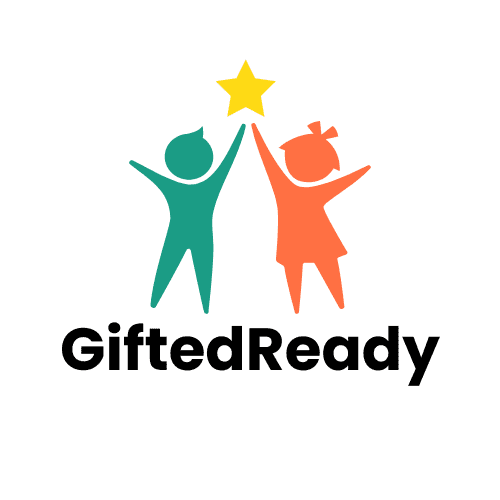MAP Kindergarten Practice Tests & Worksheets: Boost Scores, Confidence & School Readiness
Every hour of practice brings your child closer to success.
- Free Practice Test: Help your child become comfortable with the MAP test format, quickly identify gaps, and know exactly where they need improvement.
- Fun, Colorful Worksheets: Improve core abilities with worksheets specifically designed around the topics and question styles your child will see on the MAP test—making learning fun and stress-free.
- Want to Ensure Your Child’s Success? Get access to 16 practice tests with over 350 MAP-aligned, audio-recorded questions, with clear explanations to ensure your child builds confidence and a deeper understanding.
(This is the most comprehensive MAP Kindergarten practice you can find online.)
We’re here to guide you every step of the way – let’s help your child shine!

Created by Roman K., Test Prep Expert Since 2016, who has helped thousands of students achieve higher MAP scores. As a parent myself, I understand your concerns. Feel free to email me at roman@staggingapps.website. I'm here to help your child succeed!
Free MAP Kindergarten Practice Test (Math and Reading)
Try these MAP Kindergarten sample questions (taken from our complete practice package) to help your child feel more comfortable, reduce test anxiety, and become familiar with MAP-style questions.
The MAP Kindergarten test has two sections, Math and Reading, each includes 43 questions (more details on each section below).
All questions on both the actual MAP Kindergarten test and our practice quizzes are audio-recorded, ensuring your child easily understands questions—even if they’re still developing reading skills.
The MAP Test is adaptive, which means it adapts its difficulty level based on your child’s answers.
If your child answers correctly, the next question becomes harder. Incorrect answers lead to easier questions.
The practice questions below and in the complete package simulate this experience by showing you questions at different difficulty levels (below, at, and above grade level).
This helps you easily pinpoint your child’s strengths, identify areas that need improvement, and track progress effectively.
MAP Kindergarten Math Practice Questions and Skills Overview
The MAP Math test for Kindergarten evaluates foundational math skills in an engaging and adaptive format. It focuses on key areas that help children build a strong mathematical foundation.
Below are key math skills assessed on the MAP Kindergarten test at grade-level. Reviewing these can help you better understand what your child is expected to know.
| Operations and Algebraic Thinking | Number and Operations | Measurement and Data | Geometry |
| Addition within 10 | Count within 10, 20, and 30 | Compare size, weight, and capacity (long/short, light/heavy, etc). | Understand relative positions (top/bottom, above/below, beside/next to, etc). |
| Subtraction within 10 | Count within 100 using pictures and blocks | Identify which shape is different/the same | Name two-dimensional shapes |
| Basic word problems with addition or subtraction | Compare items – fewer, more, and the same | Classify, sort, and count items | Count sides, corners, and parts of shapes |
| Addition and subtraction equations – numbers up to 5 | Compare two numbers (which one is larger/smaller) | Analyze picture graph and tally chart questions | Identify and name three-dimensional shapes |
Below-Grade-Level MAP Math Sample Questions
When a child finds certain questions challenging, the MAP test presents easier questions to match their current level. Here’s an example of a below-grade-level question your child might see:
How many hearts are there in the figure?

Show Answer
To find the correct answer, we need to count how many hearts are in the figure.
There are four hearts in the image, so 4 is the correct answer.
At-Grade-Level MAP Math Sample Questions
If your child answers a below-grade-level question correctly, the next question will be slightly harder – at grade level. Here’s an example:
Look at the pie chart below. What is the most popular food in school?

Welcome to your trusted resource for the 2025 NWEA MAP Kindergarten Test!
Kindergarten MAP testing can feel overwhelming and stressful, especially for young children and first-time parents.
That’s why we’ve created a structured, student-friendly approach to help your child reduce test anxiety, build essential skills in math and reading, and feel prepared for test day.
Show Answer
Correct Answer: Pasta
To find what is the most popular food in school, we first need to see which part of the pie chart is the biggest.
We can see that the orange part is the biggest of all parts. Now, we will look at what orange means. Under the pie chart there’s a key indicating what each color means.
We can see that orange means pasta. So, this means that pasta is the most popular food in school.
Above-Grade-Level MAP Math Sample Questions
These questions are more challenging for children in kindergarten and are taken from the pool of questions for second grade and above. Your child will reach these questions if they answer correctly several questions in a row.
Here’s an example:
Which of the following shapes has equal opposite sides?
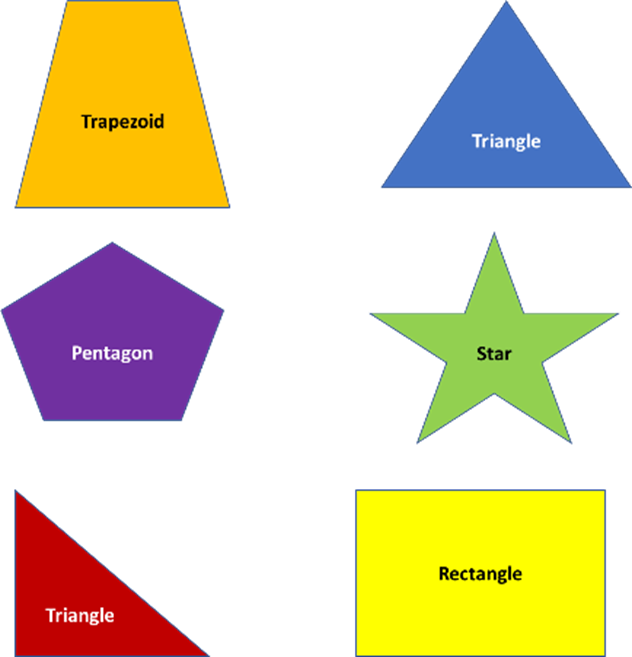
Show Answer
Correct Answer: Rectangle
The only shape from the answer choices that has equal opposite sides is a rectangle.
A circle has no sides, triangles don’t have opposite sides, and trapezoids have two different opposite sides.
Is your child finding some math skills tricky? You’re not alone – many Kindergarteners are still building confidence at this stage.
With a little daily practice, kids start to feel more comfortable, and you’ll see their progress grow.
Every bit of practice counts, and with time, your child will build strong math foundations.
If you need more support, our practice package includes over 175 Math practice questions that help your child build real skills over time.
Give Your Child the Tools to Succeed on the MAP Test
Support your child with a research-backed practice package created to reduce stress, build core skills, and boost confidence ahead of the MAP Kindergarten test.
The Most Comprehensive Practice Available
Fun & Engaging Learning Designed for Kids
Created by Teachers & MAP Test Experts
MAP Kindergarten Reading Practice Questions: Key Skills Your Child Will Be Tested On
The MAP Reading Test for Kindergarten checks how well your child understands letters, sounds, words, and stories.
It adjusts to your child’s level, so each student gets a test that matches their reading ability. This helps show what your child already knows and what still needs support.
Below are some of the important reading skills your child is expected to know by the end of Kindergarten.
Reviewing these can help you understand what the test looks for and how prepared your child is.
| Foundational Skills | Literature and Informational Text | Vocabulary Use and Functions | Language and Writing |
| Phonics and word recognition (identify letter sounds) | Read-along and read-alone texts (audio-recorded) | Sort multiple-meaning words using pictures | Use basic capitalization and spelling |
| Read and choose sight words | Comprehend pictures | Sort objects into categories | Find nouns and verbs |
| Identify syllables, rhyming words, vowels, and initial and final sounds | Sequence images in a story | Match antonyms to pictures | Use question words |
| Recognize letters and words | Identify the story’s point of view | Use context to identify the meaning of a word | Identify and create complete sentences |
Don’t worry if your child hasn’t mastered all of these yet. Every child learns at their own pace. Practicing a little each day can make a big difference in their confidence and growth.
Below-Grade-Level MAP Reading Sample Questions
Which word rhymes with “cat”?

Show Answer
Correct Answer: D. Mat
Explanation:
“Cat” and “mat” rhyme because they both end with the “-at” sound. Rhyming words sound the same at the end, and finding rhymes is an important part of learning how words work in our language.
Rhyming helps us understand how words are built and makes it easier to read and spell.
At-Grade-Level MAP Reading Sample Questions
Which word ends with the same sound as “duck”?
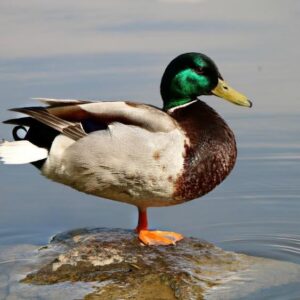
Show Answer
Correct Answer: B. Book
Explanation:
The word “book” ends with the same /k/ sound as “duck.” Recognizing ending sounds helps you match sounds to letters and improve your reading and spelling skills by understanding how words sound at the end.
Above-Grade-Level MAP Reading Sample Questions
Which word has three syllables?
Show Answer
Correct Answer: D. Computer
Explanation:
The word “computer” has three syllables: “com-pu-ter.” The other answer choices are words with two syllables.
Identifying the number of syllables in a word helps you with pronunciation, reading, and spelling.
Support Your Child’s Growth with Expert MAP Kindergarten Prep
As a parent, you want your child to feel calm, confident, and ready to do their best without stress or frustration.
We understand how important it is for you to support your child through this big milestone.
Tests like the MAP can feel overwhelming, especially when you don’t know exactly what’s expected. But with the right guidance, they become an opportunity for growth.
Imagine your child walking into the test with confidence, knowing they’ve practiced essential skills in a way that made learning feel natural and stress-free.
Our practice package was created with care and expertise to make that possible.
Here’s what’s included:
4 Full-length Practice Tests and 12 Quizzes:
With over 350 interactive audio & written questions, your child will gain experience with test-style questions, helping them feel comfortable with the format. (This is the most thorough prep on the web.)
Practice at the Right Level:
The quizzes are designed with varying difficulty levels to match your child’s current skills while gently challenging them and encouraging steady growth.
Detailed Explanations for Every Question:
Every wrong answer becomes a learning opportunity with simple, child-friendly explanations that help your child improve without frustration.
25 Vibrant Printable Worksheets:
Add hands-on learning to your child’s routine with colorful worksheets that make skill-building fun and engaging, even offline.
Score Reports to Track Progress:
See exactly where your child is excelling and where they need support, so you’re never left guessing.
Created by Teachers and Experts:
This package was developed with math and English Language Arts educators to ensure accuracy and quality, aligning with the MAP test topics and Common Core State Standards.
And because we want you to feel confident in your choice, we back this package with our 100% Satisfaction Guarantee.
Start today and give your child the tools they need to do their best!
See What's Included:
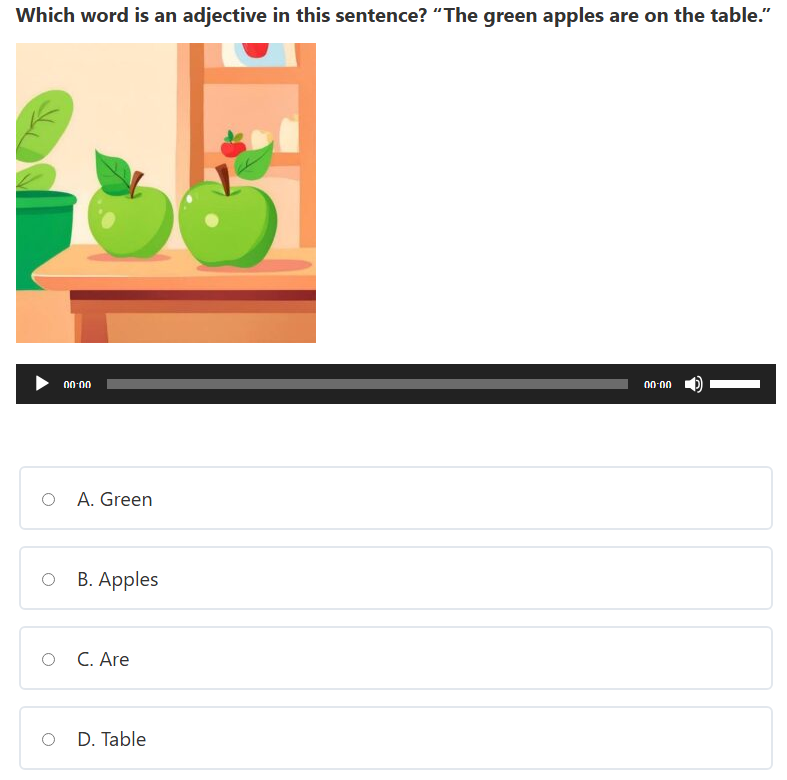
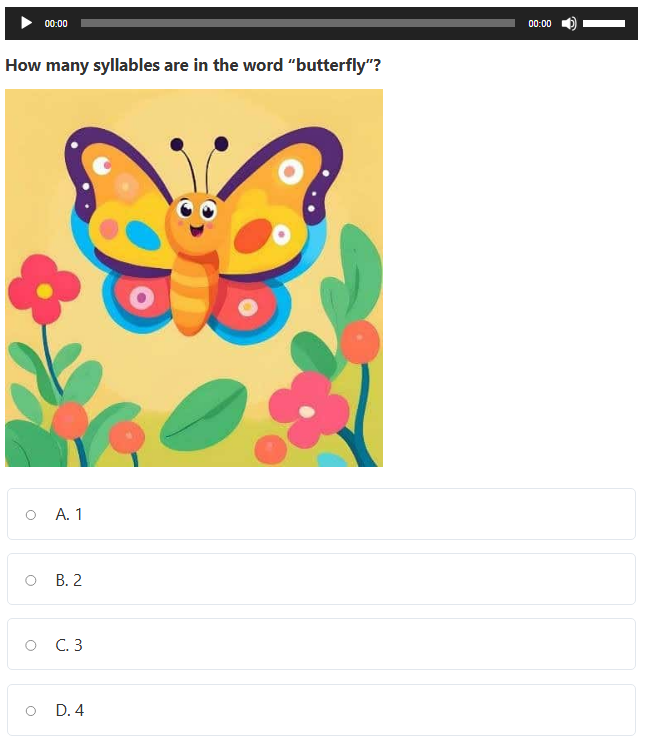
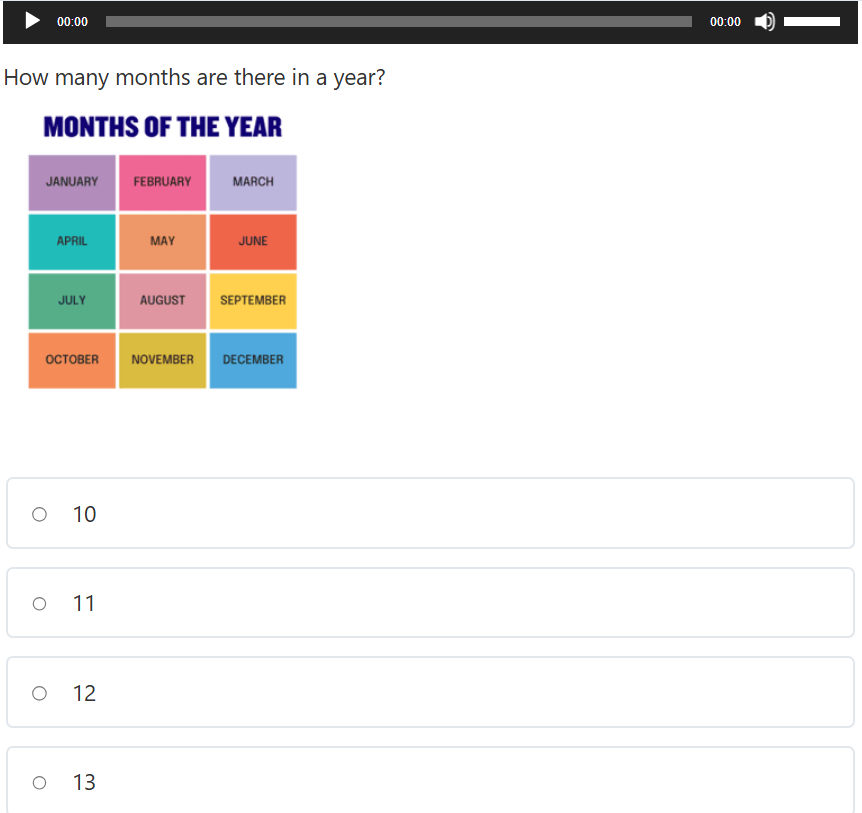
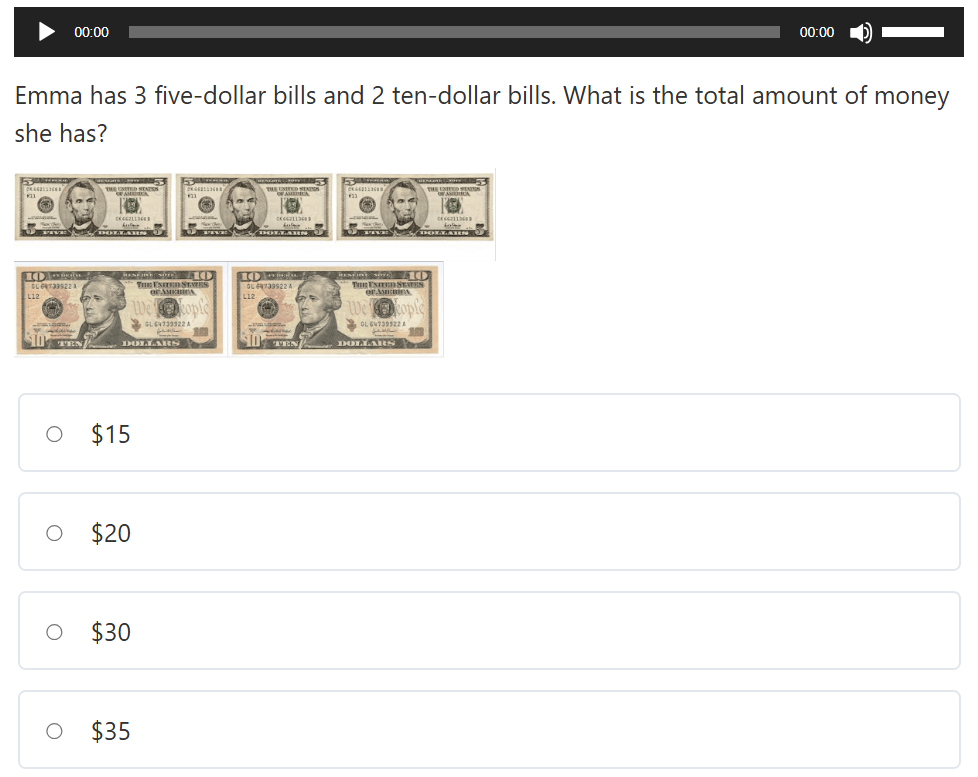
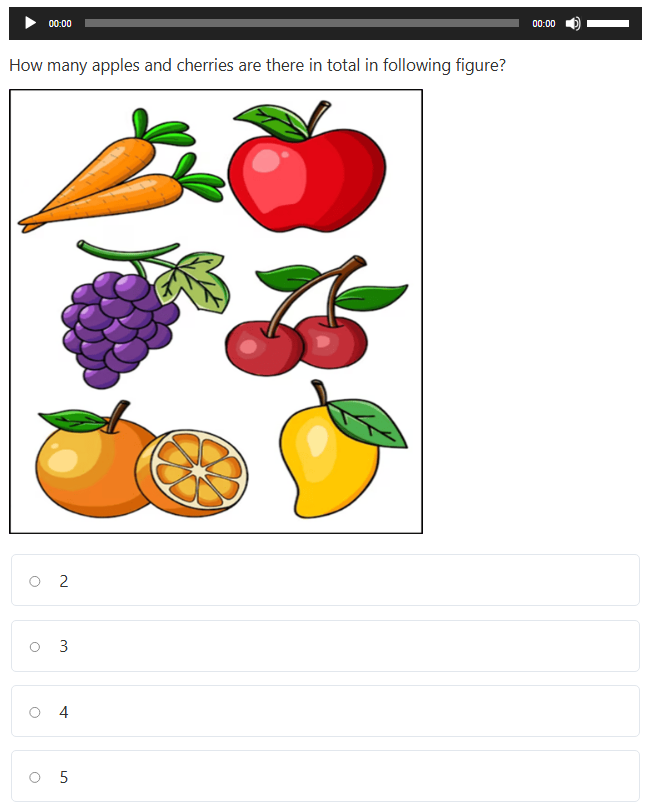
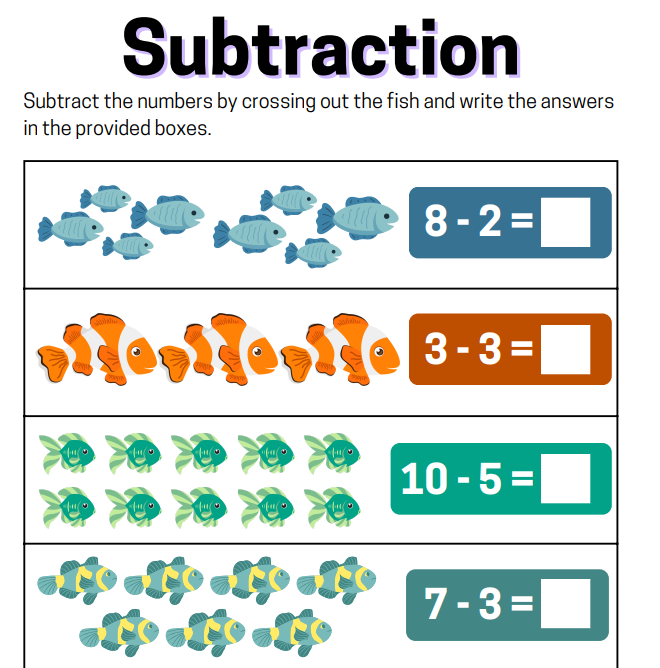
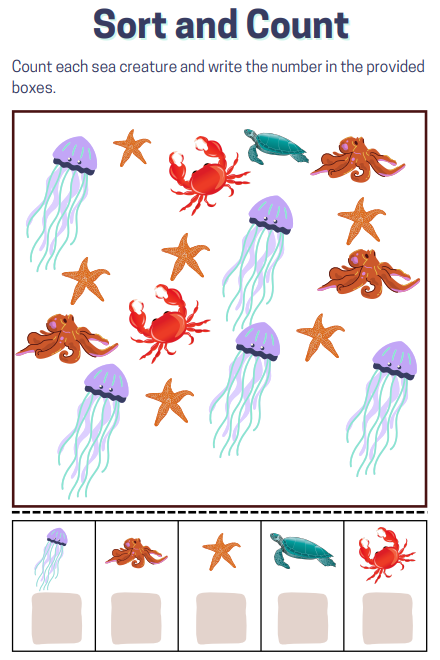
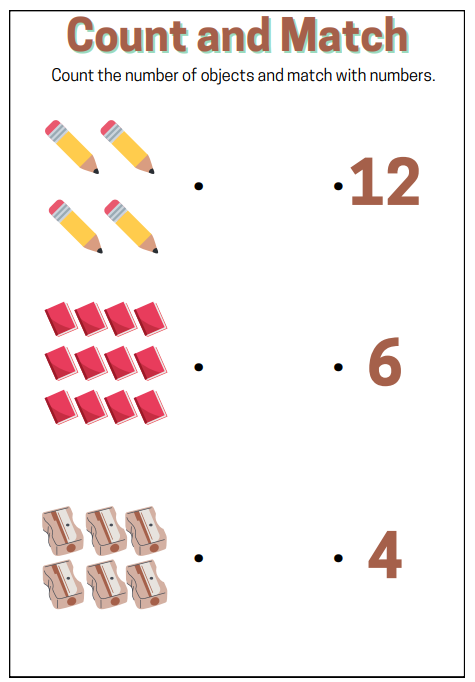
Course Content
Includes 6 months of unlimited access – no recurring fees, no surprises.
Free NWEA Kindergarten Practice Worksheets (Download & Print Anytime)
These printable worksheets are aligned with Common Core State Standards and focus on key math skills your child needs for the MAP Kindergarten test.
They’re easy to use, colorful, and created to make learning fun—whether you’re working with your child at home or in the classroom.
Each worksheet helps reinforce foundational skills in a way that’s both age-appropriate and confidence-building.
Want more structure and support?
Our complete practice package includes even more printable worksheets, quizzes, and test-style questions to give your child the practice they need—all in one place.
What Do MAP Kindergarten Scores Mean for Your Child?
Your child’s MAP scores aren’t just numbers. They can help you understand where your child is thriving and where they may need extra support.
The MAP test uses something called a “RIT score” to measure what your child knows. It’s not tied to grade level – it simply tracks how much academic growth your child is making over time and compares it to national averages.
Interpreting RIT Scores:
- RIT Score: A number that shows how much your child knows right now.
- Percentile Rank: Shows how your child compares to other students nationwide.
Kindergarten RIT Score Ranges by Testing Term:
Here’s a simple breakdown of typical MAP RIT scores for Kindergarten. You’ll see the range of scores by season (Fall, Winter, Spring) and percentile. This can help you get a clearer sense of where your child stands and how they’re progressing.
| Percentile | Fall | Winter | Spring |
|---|---|---|---|
| Math | |||
| 1 – 9 | 111-123 | 122-134 | 129-141 |
| 10 – 19 | 124-129 | 135-140 | 142-147 |
| 20 – 29 | 129-133 | 140-144 | 147-150 |
| 30 – 39 | 133-136 | 144-147 | 151-154 |
| 40 – 49 | 136-139 | 147-150 | 154-157 |
| 50 – 59 | 140-142 | 150-153 | 157-160 |
| 60 – 69 | 143-146 | 153-156 | 160-163 |
| 70 – 79 | 146-150 | 156-160 | 163-167 |
| 80 – 89 | 150-155 | 160-165 | 167-172 |
| 90 – 99 | 156-169 | 165-178 | 173-185 |
| Reading | |||
| 1 – 9 | 108-120 | 119-130 | 125-137 |
| 10 – 19 | 121-126 | 131-136 | 138-143 |
| 20 – 29 | 126-130 | 136-140 | 143-146 |
| 30 – 39 | 130-133 | 140-143 | 147-150 |
| 40 – 49 | 134-136 | 143-146 | 150-153 |
| 50 – 59 | 137-139 | 146-149 | 153-156 |
| 60 – 69 | 140-143 | 149-152 | 156-159 |
| 70 – 79 | 143-147 | 152-156 | 159-163 |
| 80 – 89 | 147-152 | 156-161 | 163-168 |
| 90 – 99 | 152-165 | 161-174 | 169-181 |
Source: NWEA MAP Scores by Grade Level – Chart for Fall, Winter, and Spring
Looking for the average? Most students score in the 40–60 percentile range, which is considered average.
How to Use This Table to Help Your Child:
- Track Progress: See how your child’s scores change over time (from Fall to Spring).
- Spot Strengths & Gaps: Identify what’s going well and where they might need a little more help.
- Set Meaningful Goals: Use this info to plan with your child’s teacher or choose the right practice materials.
Help Your Child Feel Ready & Capable on Test Day
Every child deserves to feel confident and supported on test day. That’s why we created this expert-designed practice package – to help your child succeed without the stress.
Comprehensive Practice
350+ practice questions and 25 worksheets built to support your child’s growth at every level.
Targeted Practice That Works
Strengthen the exact skills your child needs for math and reading success.
Fun & Engaging Format
Designed to keep young learners interested - no battles, just progress.
One-time Payment & 6-Month Access
100% Satisfaction Guarantee
